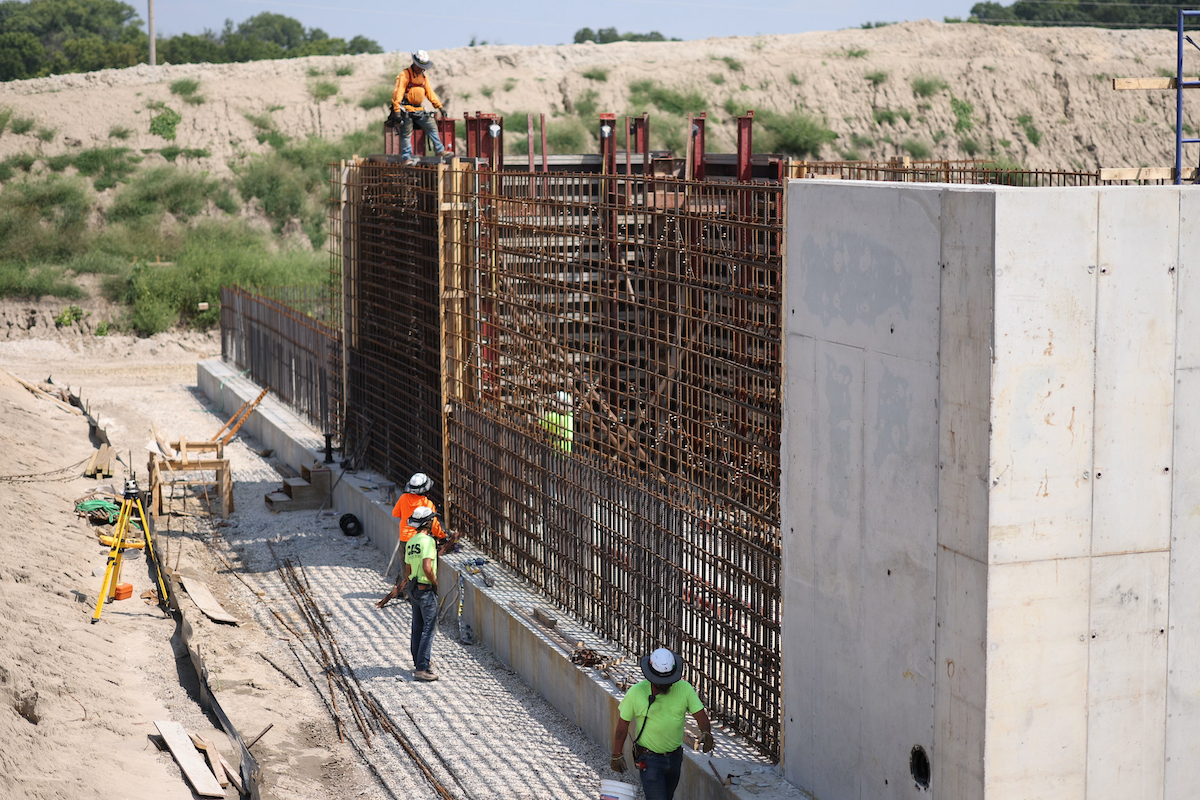About 20 years ago, shortly after the Sept. 11, 2001 terrorist attacks, U.S. doctors and public health experts started to realize that the United States did not have a location to treat specialized viral outbreaks. NMC officials were among those who began to question what the country would do in the face of bioterrorism threats, such as anthrax attacks, and in international health emergencies, such as the SARS outbreak that occurred in the early 2000s.
“What … happens if an employee or staff member gets exposed to one of these agents, or even worse than that, gets infected, where are you going to put them?” asked Jeffrey Gold, Chancellor of the University of Nebraska Medical Center. “You can’t just call up a local hospital and say, ‘I’ve got somebody who has anthrax, make up a bed.' You need facilities that can do everything from air and water handling to the complexities of waste disposal.”
So NMC officials took action and, with support from CDC and the Nebraska Department of Health and Human Services, built a specialized biocontainment unit in a then-empty wing of the hospital.
The $1-million, 10-bed unit may look like a normal hospital ward at first, but it has features such as concrete walls, filtered air, doors that are able to function as an airlock, and a separate space for clinicians to shower and change. The biocontainment unit also features video feeds that link patient rooms to the nursing station and allows patients to communicate with loved ones while they are quarantined.

| Your local Gehl Co dealer |
|---|
| Star Equipment LTD |
The unit made NMC capable of handling patients who were exposed to or infected with highly infectious diseases, but it wasn’t until 2014, when Americans in West Africa contracted Ebola, that the unit was put to use. NMC ultimately treated three Americans who returned from West Africa with Ebola, including one doctor who was infected with the virus.
After the West Africa Ebola outbreak, NMC mainly used its biocontainment unit for training and planning activities to prepare for future disease outbreaks. In addition, the hospital earlier this year opened a $20-million, 20-unit quarantine facility near the unit.
U.S. officials recently transported 13 Americans who were exposed to or tested positive for the new coronavirus on the Diamond Princess cruise ship to NMC for evaluation. The patients had been detained on the ship for days in Yokohama, Japan.
NMC is treating at least two of the patients in its biocontainment unit and is monitoring the rest of the evacuees at its 20-bed quarantine unit. Patients in the quarantine unit will remain under quarantine for at least 14 days, unless they test positive for the coronavirus.
The quarantine unit resembles a college dorm, with each room containing wood furniture and one bed. The rooms also have exercise equipment, like a treadmill or stationary bike.

| Your local Topcon Positioning Systems Inc dealer |
|---|
| Star Equipment LTD |
Shelly Schwedhelm — a Nurse and Executive Director of Emergency Management and Biopreparedness at Nebraska Medicine, the health network that owns NMC — said the rooms have Wi-Fi, TV, and a small refrigerator. Officials also are providing books, games, and musical instruments to patients who request them.




































































